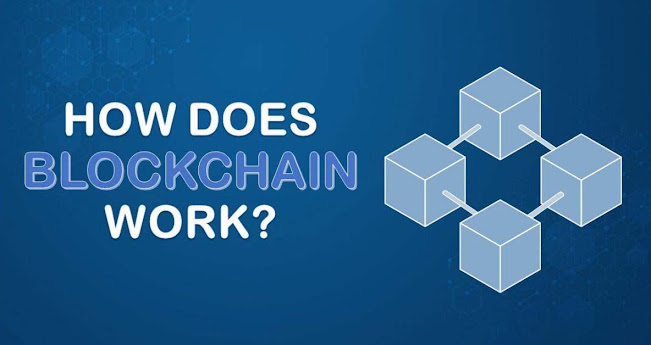How Does Blockchain Technology Work Step by Step?
- Get link
- X
- Other Apps
Blockchain technology has become synonymous with digital innovation and security. Initially developed to support Bitcoin, blockchain’s decentralized and secure nature has paved the way for its adoption across various industries. This article provides a step-by-step breakdown of how blockchain technology works, offering a clear and detailed understanding of its processes.
Step 1: Initiating a Transaction
The journey of a blockchain transaction begins when a user initiates an action, such as transferring a digital asset or data. This transaction is represented as a block and includes the following components:
- Sender and receiver information: Public keys (addresses) of both parties.
- Transaction details: Amount of digital assets, data, or information being exchanged.
- Timestamp: The date and time when the transaction is initiated.
- Digital signature: A cryptographic signature generated using the sender's private key to ensure authenticity and integrity.
Step 2: Broadcasting the Transaction
Once the transaction is created, it is broadcast to the network of nodes (computers) that participate in the blockchain system. Each node receives the transaction and temporarily holds it in a pool of unconfirmed transactions.
Step 3: Validation and Verification
Nodes in the network validate the transaction using predefined rules and consensus mechanisms. The primary goal is to ensure the transaction is legitimate and that the sender has sufficient balance to complete the transaction. This process varies based on the consensus mechanism used:
- Proof of Work (PoW): Miners (special nodes) compete to solve complex mathematical problems. The first miner to solve the problem gets the right to add the block to the blockchain and is rewarded with cryptocurrency.
- Proof of Stake (PoS): Validators are chosen based on the number of tokens they hold and are willing to "stake" as collateral. The chosen validator adds the block to the blockchain and receives transaction fees as a reward.
Step 4: Adding the Block to the Blockchain
Once validated, the transaction block is added to the blockchain. This involves several steps:
- Creating a Block: The validated transaction, along with other unconfirmed transactions, is grouped into a new block.
- Hashing: The block is assigned a unique cryptographic hash, a digital fingerprint that uniquely identifies the block.
- Linking Blocks: The new block includes the hash of the previous block, creating a chain of blocks. This linking ensures the immutability and chronological order of transactions.
Step 5: Distribution and Updating
After the new block is added, the updated blockchain is distributed to all nodes in the network. Each node updates its copy of the blockchain to reflect the new transactions. This decentralized distribution ensures transparency and consistency across the network.
Step 6: Confirming the Transaction
The transaction is now complete and recorded in the blockchain. However, for enhanced security and trust, multiple confirmations are typically required. Each subsequent block added to the chain serves as a confirmation, reinforcing the transaction's validity. For example, Bitcoin transactions often require six confirmations to be considered final and secure.
Step 7: Finalizing and Securing the Blockchain
The blockchain continually grows as new blocks are added. To maintain security and prevent tampering, the following mechanisms are employed:
- Decentralization: The blockchain is maintained by a network of distributed nodes, making it resistant to single points of failure and attacks.
- Cryptography: Advanced cryptographic algorithms ensure data integrity and security. Public and private keys enable secure and verifiable transactions.
- Consensus Mechanisms: Consensus protocols like PoW and PoS ensure agreement among nodes, preventing fraudulent transactions and double-spending.
Applications and Benefits
Blockchain’s step-by-step process provides several key benefits:
- Transparency: All transactions are recorded on a public ledger, accessible to all participants.
- Security: Cryptographic techniques and decentralization protect against fraud and hacking.
- Efficiency: Transactions are processed without intermediaries, reducing costs and time.
- Immutability: Once recorded, transactions cannot be altered or deleted, ensuring data integrity.
Conclusion
Understanding the step-by-step workings of blockchain technology reveals its potential to revolutionize various industries. By providing a secure, transparent, and efficient way to record and verify transactions, blockchain is set to drive innovation and enhance trust in digital systems. As technology evolves, the processes underpinning blockchain will continue to develop, offering even greater possibilities for its application.
- Get link
- X
- Other Apps




Comments
Post a Comment